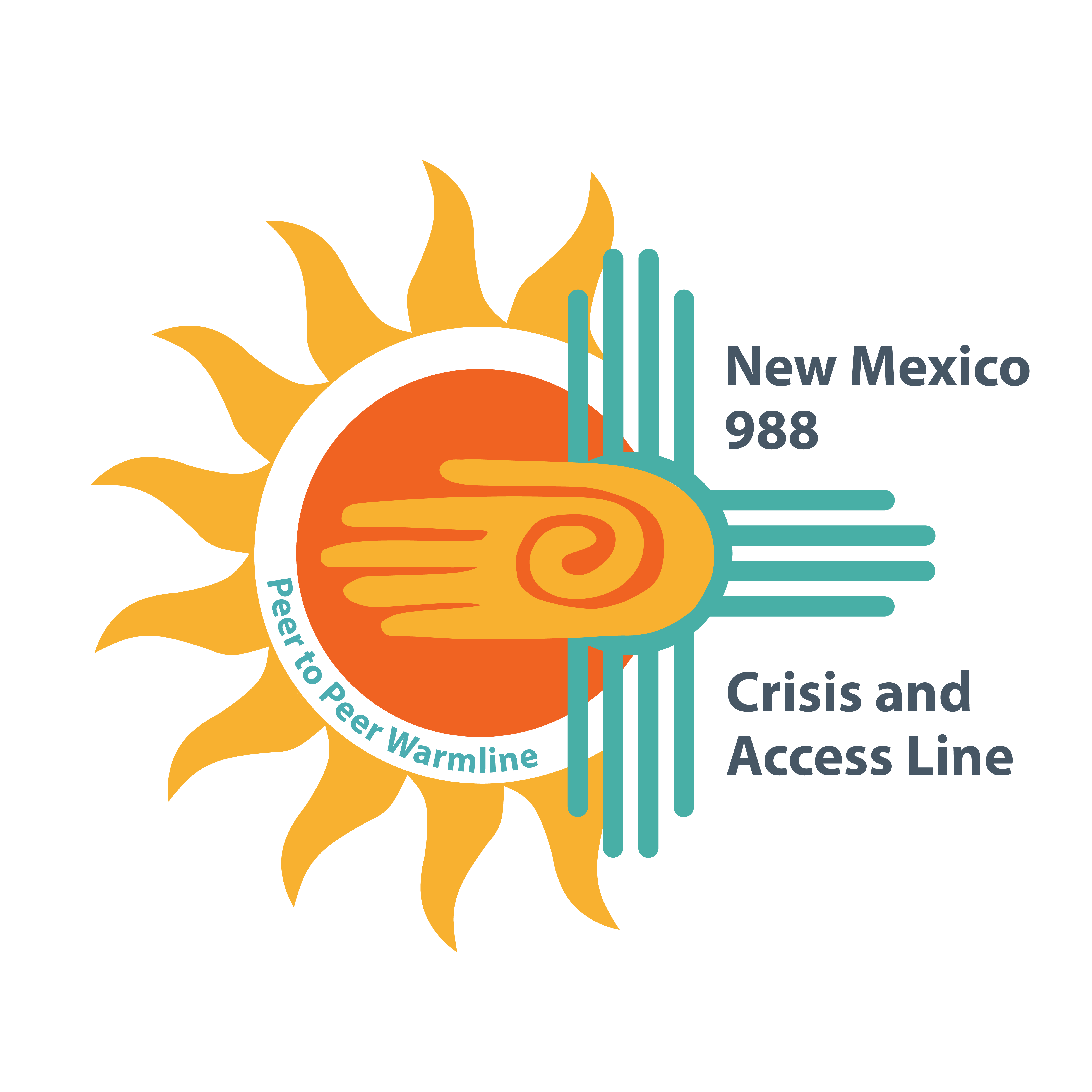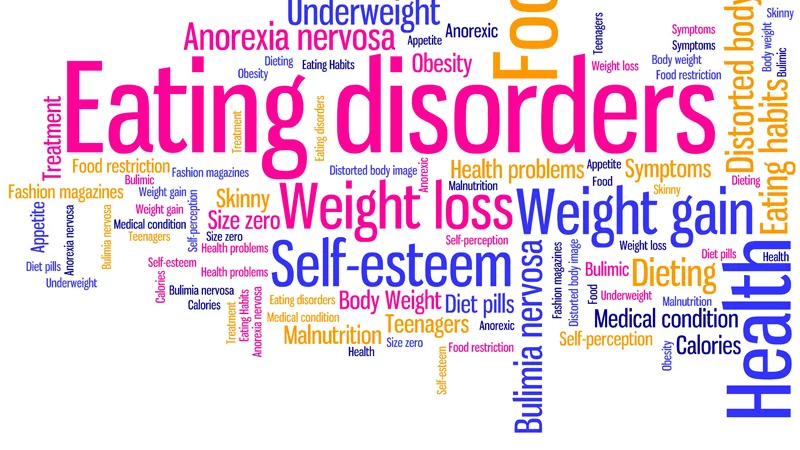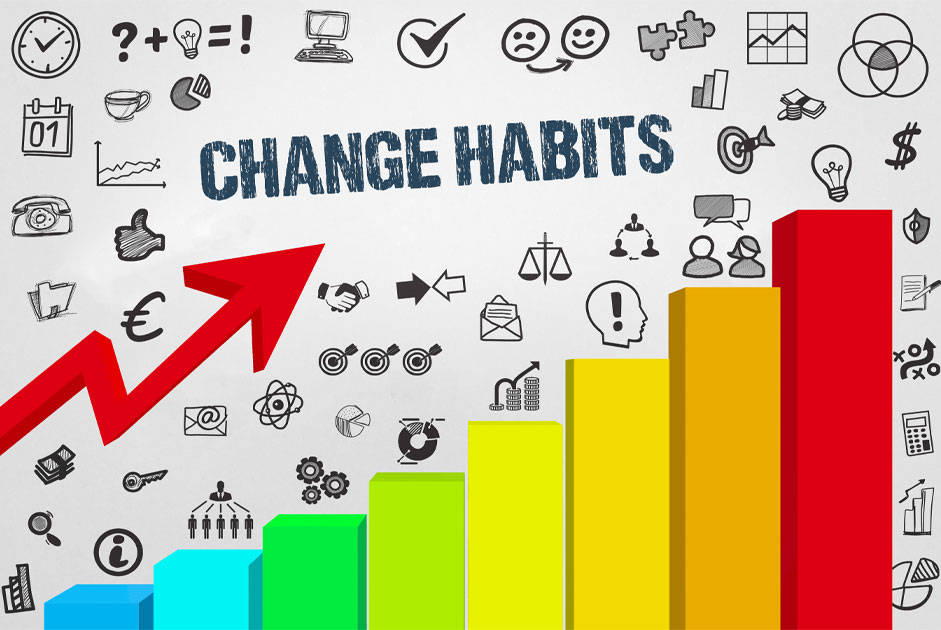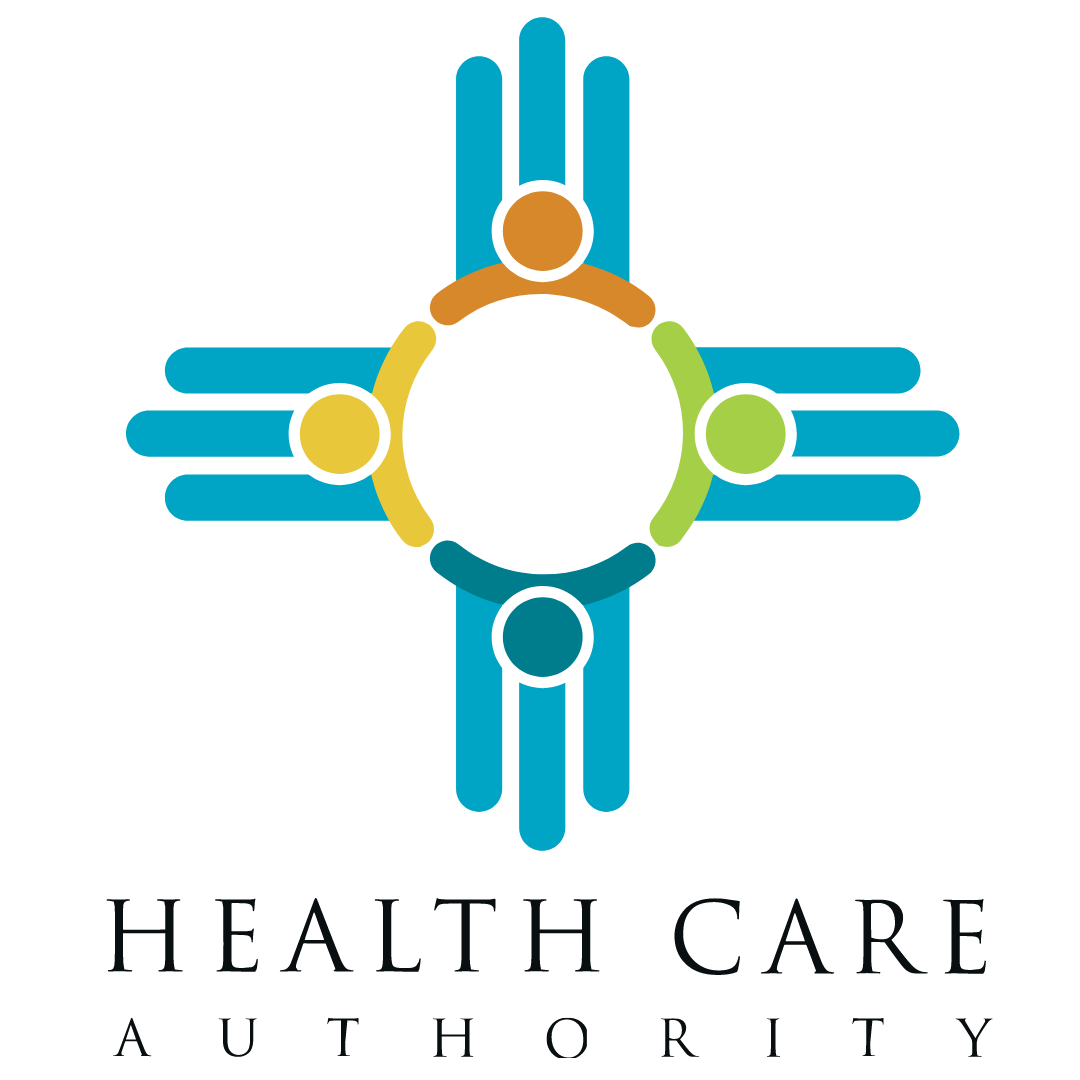In the United States, eating disorders are the second most fatal mental illness, surpassed only by opioid use disorder, according to the National Eating Disorders Association (NEDA). This is why educating ourselves and others about the dangers and causes of eating disorders is imperative.
What is an Eating Disorder?
Eating disorders are real, complex, bio-psycho-social diseases—they are not fads, phases, or lifestyle choices. Eating disorders, such as anorexia nervosa, bulimia nervosa, binge eating disorder, and other specified feeding or eating disorders, are typically marked by an obsession with food, body image, and/or weight.
What causes an Eating Disorder?
Eating disorders have a variety of causes. According to NEDA, the risk factors fall into three categories:
- Biological For instance, someone with an immediate family member (such as a parent or sibling) who has an eating disorder is at risk of developing one themselves.
- Psychological For example, people who have or had an anxiety disorder are more prone to developing an eating disorder.
- Social For instance, people from racial or ethnic minority groups who experience “acculturation,” or pressure to assimilate Western ideals of beauty and ways of life, have an increased risk for eating disorders.
What is Substance Use Disorder?
Substance use disorder or SUD, is the clinical term to describe the disease of addiction. SUD a chronic, relapsing brain disease that is characterized by compulsive drug seeking and use, despite harmful consequences.
What is the relationship between Eating Disorders and Substance Use Disorders?
- Up to 50% of individuals with eating disorders also have a substance use disorder, a rate five times higher than the general population.
- Up to 35% of individuals who have a substance use disorder have also had eating disorders, a rate 11 times greater than the general population.
- Eating and substance use disorders share a number of common risk factors, including brain chemistry, family history, low self-esteem, depression, anxiety, and social pressures. Other shared characteristics include compulsive behavior, social isolation, and risk for suicide.
- Substance use may begin before or during an eating disorder, or even after recovery. Those struggling with co-occurring substance use and disordered eating should speak with a trained professional who can understand, diagnose, and treat both substance use disorders and eating disorders.
As with substance use, early intervention of eating disorders are essential.
If you or someone you love is struggling with an eating disorder and substance abuse, please seek help from a trained professional who can provide treatment recommendations.
Stigma and it’s Harmful Effects
Often, individuals with mental health illnesses, such as Substance Use and Eating Disorders are blamed for their disorder. The disorders are thought of as a moral failure or choice. These stigmatizing beliefs, that lead to judgement and shame, are the reasons many individuals avoid or delay seeking treatment. The experience of stigma can lead people with Substance Use Disorder and Eating Disorders to self-stigmatize. Many consider themselves weak and incompetent, experience low self-efficacy and low self-esteem.
For a group of people who already carry such a heavy burden, stigma is an unacceptable addition to their pain.
Every day, in every possible way, we need to stand up to the stigma of mental health.
- Talk Openly About Mental Health
- Educate Yourself And Others
- Be Conscious Of Language
- Encourage Equality Between Physical And Mental Illness
- Show Compassion For Those With Mental Illness
- Choose Empowerment Over Shame
- Be Honest About Treatment
- Let The Media Know When They’re Being Stigmatizing
- Don’t Harbor Self-Stigma
Resources
The most important thing to know is that recovery is possible at any age with the right tools, skills, support, and treatment plan.
